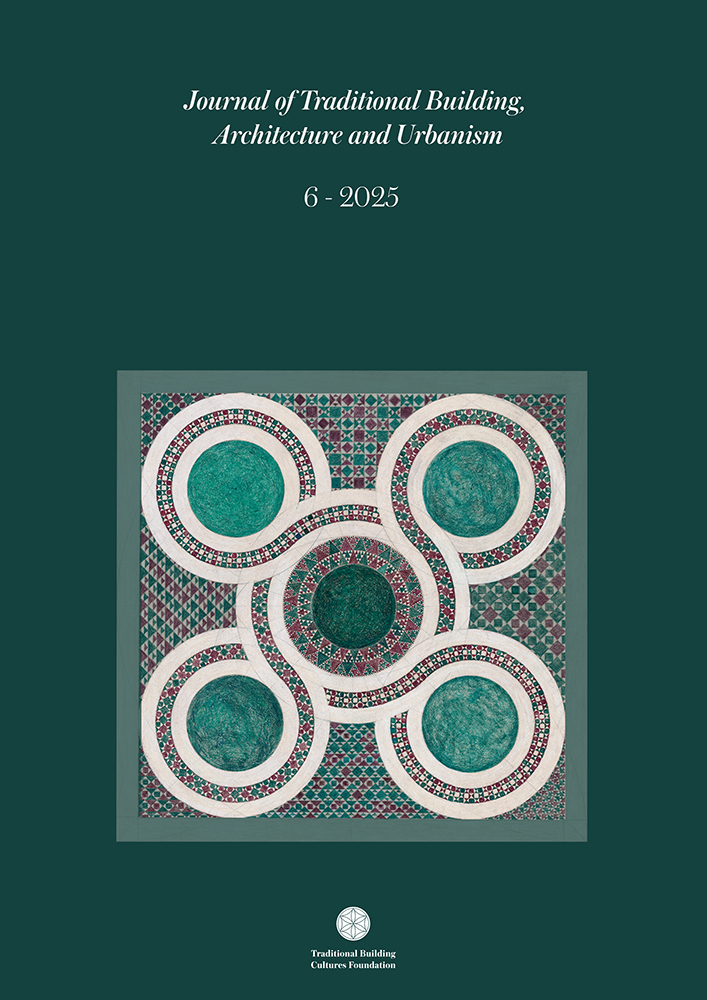Abstract
The Harsukh Complex, situated near Lahore, Pakistan was designed by the architect Kamil Khan Mumtaz on a commission from Jawad and Bina Khawaja as a family home for themselves and their four children and an arts center. Situated on the family’s agricultural estate, the complex represents a deliberate return to the region’s vernacular tradition. The design, driven by the clients’ desire for a deeper connection with the land and the region’s cultural heritage, aligns with the architect’s context-specific approach, integrating the physical, social, functional, material, historical, and spiritual dimensions. This article looks at how Mumtaz developed a design approach allowing the architecture to emerge naturally as a consequence of engaging with the site. The Harsukh Complex is his most significant departure from the modernist worldview and reflects a shift toward the pursuit of a more timeless architecture.
References
Ardalan, Nader; and Bakhtiar, Laleh. 2000. Sense of Unity: The Sufi Tradition in Persian Architecture. Abjad Book Designers and Builders.

This work is licensed under a Creative Commons Attribution-NonCommercial-NoDerivatives 4.0 International License.

